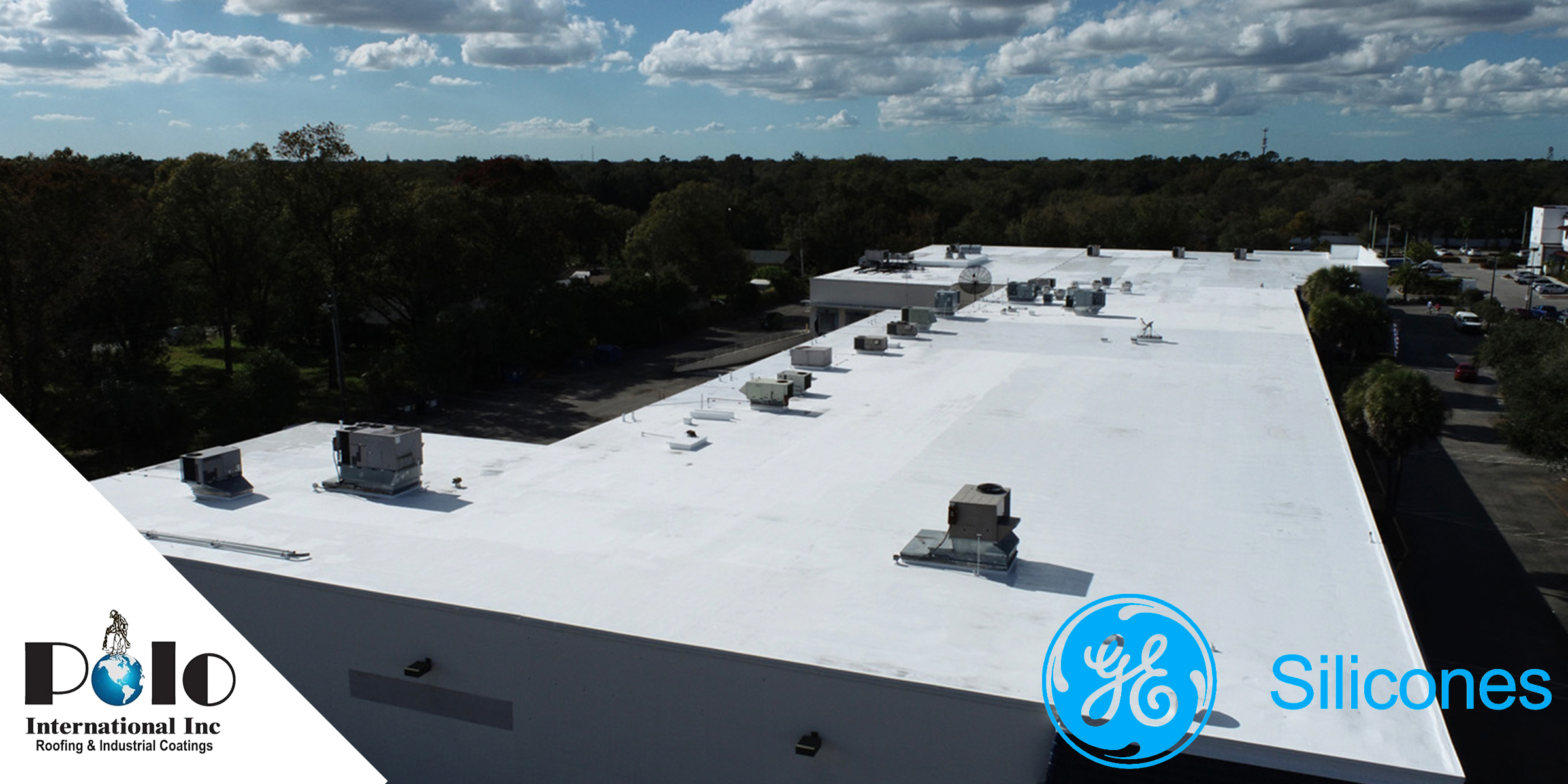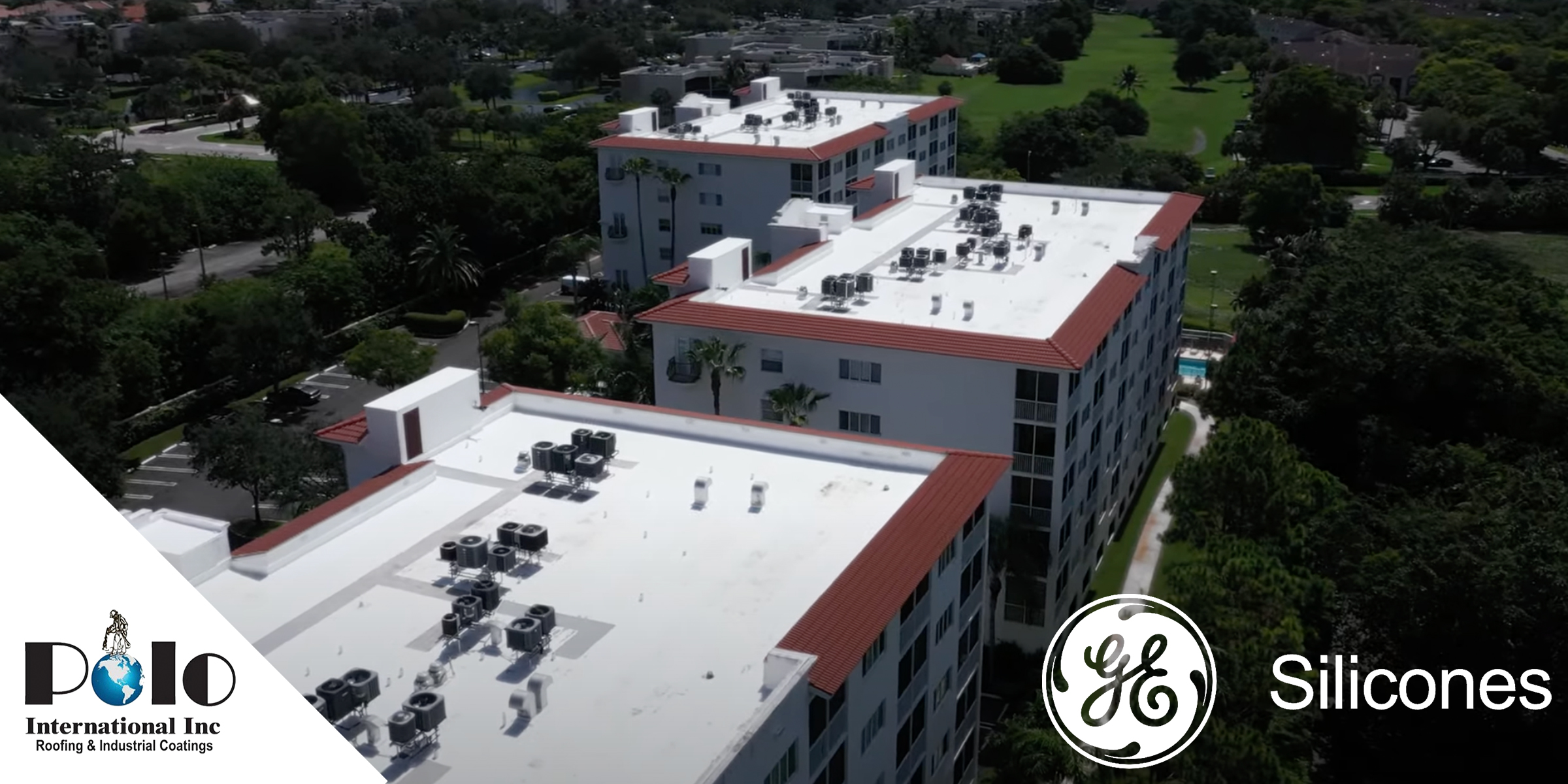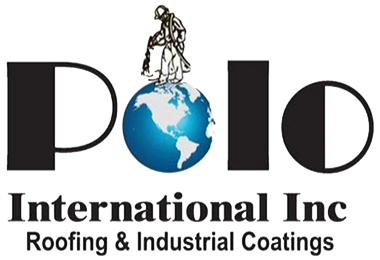
Understanding R-Value and Its Importance
R-value is the industry standard for measuring insulation’s resistance to heat flow: the higher the R-value, the more effective the barrier. In both commercial and residential applications, achieving the right R-value is critical for maintaining year-round comfort and minimizing energy expenditures. As energy costs rise and building codes tighten, property managers are turning to high-performance solutions like spray foam insulation to meet or exceed required R-values.
Spray Foam Insulation: Closed-Cell vs. Open-Cell
Spray polyurethane foam (SPF) stands out among insulation materials for its superior R-value per inch:
-
Closed-Cell SPF delivers R-values between approximately R-6.0 and R-7.0 per inch. Its dense, rigid structure both insulates and acts as an air and moisture barrier.
-
Open-Cell SPF provides R-values around R-3.5 to R-4.0 per inch. While it offers a slightly lower R-value, open-cell foam remains an excellent choice where sound attenuation or flexibility is also desired.
Closed-cell foam is often specified for commercial roofs and walls where space is at a premium and maximum thermal performance is required. Open-cell foam, however, can be ideal in interior applications where thicker builds are feasible and breathability is beneficial.
Key Factors Affecting In-Field R-Value
Several variables influence the actual R-value achieved on a project:
-
Application Thickness: R-value increases linearly with foam depth. Specifying the correct thickness is essential to meet design goals.
-
Foam Formulation & Density: Higher-density formulations yield higher R-values but come at increased material cost. Choosing between closed-cell and open-cell must balance performance and budget.
-
Installation Conditions: Temperature, humidity, and substrate preparation affect the foam’s curing process, impacting cell structure and long-term thermal resistance.
Because field conditions vary, working with certified SPF applicators guarantees that environmental factors are managed and R-value targets are met.
Comparative Insulation Performance
| Insulation Type | Approx. R-Value per Inch | Air & Moisture Barrier |
|---|---|---|
| Closed-Cell SPF | R-6.0 to R-7.0 | Excellent |
| Open-Cell SPF | R-3.5 to R-4.0 | Good |
| Fiberglass Batts | R-3.0 to R-3.7 | Limited |
| Cellulose Loose-Fill | R-3.2 to R-3.8 | Moderate |
Closed-cell SPF uniquely combines insulation and air sealing in one application—reducing thermal bridging and moisture risk, unlike batt or loose-fill options.
Energy Savings and Comfort Advantages
Upgrading to spray foam insulation to achieve higher R-values yields multiple operational benefits:
-
Lower Heating & Cooling Loads: A tighter envelope reduces HVAC run-time, translating directly into energy savings.
-
Utility Bill Reductions: Commercial properties routinely report energy cost drops of 15–30% after an SPF retrofit .
-
Improved Occupant Comfort: Eliminating drafts and hot/cold spots enhances indoor air quality and temperature consistency.
These benefits align with sustainability goals and may qualify facilities for rebates or certifications. For additional guidance, consult the Energy Star Insulation Fact Sheet.
Critical Applications for High R-Value SPF
-
Commercial Roof Retrofits: Applying closed-cell SPF atop existing membranes boosts overall roof R-value without major structural changes.
-
Exterior Wall Assemblies: Continuous SPF insulation on walls prevents thermal bridging through steel or concrete framing.
-
Cold-Storage Facilities: Closed-cell foam ensures consistent sub-zero temperatures, reducing frost and condensation issues.
In each case, SPF’s combined insulation and air-sealing properties deliver unmatched performance.
Ensuring Optimal R-Value Delivery
To guarantee that your SPF installation meets specified R-values:
-
Select Appropriate Foam Type: Match closed-cell or open-cell SPF to your performance and budget needs.
-
Verify Installation Depth: Use calibrated depth-gauges and measure in multiple locations.
-
Hire Certified Installers: Experienced applicators control mix ratios, temperature, and humidity for proper cell formation.
-
Test & Inspect: Perform infrared thermography and core sampling in accordance with ASTM C518 to validate thermal performance.
Integrating SPF Into Building Strategy
Incorporate spray foam insulation into your next energy-upgrade or new-construction project by coordinating with your roofing or retrofit team. Whether optimizing an aging commercial roof or improving wall assemblies, SPF can help you meet energy-code requirements and achieve sustainable building certifications.
For tailored solutions that leverage SPF’s R-value advantages, explore our Commercial Roofing Services and connect with our experts.
Contact a building envelope specialist today to delve deeper into how spray foam insulation’s R-value can enhance energy efficiency, occupant comfort, and long-term performance. Schedule your consultation at www.polo14.com.



